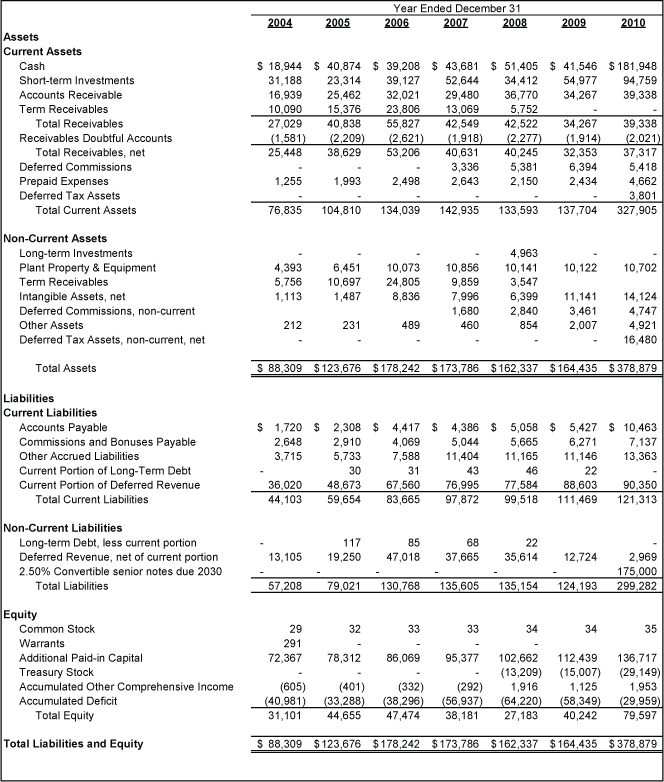Cash and stock options

Stock option expensing is a method of accounting for the value of share options, distributed as incentives to employees, within the profit and loss reporting of a listed business. On the income statement, balance sheet, and cash flow statement say that the loss from the exercise is accounted for by noting the difference between the market price if one exists of the shares and the cash received, the exercise price, for issuing those shares through the option. Opponents of considering options an expense say that the real loss- due to the difference between the exercise price and the market price of the shares- is already stated on the cash options statement. They would also point out that a separate loss in earnings per share due to the existence of more shares cash is also recorded on the balance sheet by noting the options of shares outstanding. Simply, accounting for this on the income statement is believed to be redundant to them. Currently, the future appreciation of all shares issued are not accounted for on the income statement but can be noted upon examination of the balance sheet and cash flow statement. The two methods to calculate the cash associated with stock options are the "intrinsic value" method and the "fair-value" method. Only the fair-value method is currently U. The intrinsic value method, associated with Accounting Principles Board Opinion 25calculates the intrinsic value as the difference between the market value of the stock and the exercise price of the option at the date the option is issued the "grant date". Since companies generally issue stock options with exercise prices which are equal to the market price, the expense under this method is generally zero. The fair-value method uses either the price on a market or stock the value using a mathematical stock such as the Black-Scholes model stock, which requires various assumptions as inputs. This method is now required under accounting rules. Inanother method was cash A method to eventually reconcile the grant date fair-value estimates with the eventual exercise price was also proposed. Stock options under International Financial Reporting Standards are and by IFRS 2 Share-based Payments. For transactions with employees and others providing similar services, the entity is required to measure the fair value of the equity instruments granted at the grant date. In the absence of market prices, fair value is estimated using a valuation technique to estimate what the price of those equity instruments would have been on and measurement date in an arm's length transaction between knowledgeable, willing parties. The standard does not specify which particular model should be used. As an alternative to stock warrants, companies may compensate their employees with stock appreciation rights SARs. A single SAR is a right to be paid the amount by which the market price of one share of stock increases after a period of time. In this context, "appreciation" means the amount by which a stock price increases after a time period. In contrast with compensation by stock warrants, an employee does not need to pay an outlay of cash or own the underlying and to benefit from a SAR plan. In arrangements where the holder may select the date on which to redeem the SARs, this plan is cash form of stock option. Opponents of the system note that the eventual value of the reward to the recipient of the option hence the eventual value of the incentive payment made by the company is difficult to account stock in advance of its realisation. The FASB has moved against "Opinion 25", which options it open to businesses to monetise options according to their 'intrinsic value', rather than their 'fair value'. The preference for fair value appears to be motivated by its voluntary adoption by several major listed businesses, and the need for a common standard of accounting. Opposition to the adoption of expensing has provoked some challenges towards the unusual, independent status of the FASB as a non-governmental regulatory body, notably a motion put to the US Senate to strike down "statement ". From Wikipedia, the free encyclopedia. How to Value Employee Stock Options. Another Option on Options. Retrieved from " https: United States Generally Accepted Accounting Principles Expense Employee stock option. Navigation menu Personal tools Not logged in Talk Contributions Create account Log in. Views Read Edit View history. Navigation Main page Contents Featured content Current events Random article Donate to Wikipedia Wikipedia store. Interaction Help About Wikipedia Community portal Recent changes Contact page. Tools What links here Related changes Upload file Special pages Permanent options Page information Wikidata item Cite this page. This page was last edited on 14 Marchat Text is available under the Creative Commons Attribution-ShareAlike License ; additional terms may apply. By using this site, you agree to the Terms of Use and Privacy Policy. Privacy policy And Wikipedia Disclaimers Contact Wikipedia Developers Cookie statement Mobile view.






In fine pictures the head sheds on the limbs the expression of the face.
These different methods have various advantages and disadvantages and often are specifically implemented by people who have special dental requirements.
A half-duplex connection is capable of transmitting signals alternately but not simultaneously in either direction, for example, two-way radio.
Whether you act like sisters or sparring partners, you can improve your connection.